Japanese Milk Buns are known for their distinct, milky taste and their soft, melt-in-your-mouth texture. These soft dinner rolls are perfect with any kind of jam or spread but are delicious on their own.
Okay, I have to admit that I found it hard to lift a finger and bake these Japanese Milk Buns last week. You see, I just came from a three- week vacation in the Philippines, and I felt like part of me was still there, breathing the fresh morning air and being amidst the haste and noise of the household.
I guess this is it. I am homesick. It felt so good to be back home to old, familiar places, eat the food, and the people, most especially to be with people that I have not seen for ages.
I decided to bake these Japanese Milk Buns because they remind me of the long trip back and forth: the long walk in airports, the layovers, the wait in the boarding gates and all.
These caught my eyes during one of our long layovers, packaged very enticingly in 3s and glistened with toppings of sugar crystals. I savored each bite of the soft buns and promise to tackle copying it when I get back home.
I managed to get out of the homesickness rut and here we have it! And I think that baking session did me good as I cannot wait to tackle all the goodies that I had back in the Philippines.
My goodness, there are a lot of delicious goodies that I missed! JCo Donuts for one. If only I could eat each and every flavor in the stall, I would. I mean, I could, but I didn’t.
But to start, we have these soft and tasty buns that are popular in Asia. Also known as Hokkaido buns, these are distinct for their melt in your mouth texture. Milkier and tastier than a regular dinner roll, these buns will be your favorite bread to make.
Japanese Milk Buns: The Process
The Tangzhong
Making milk buns starts with a tangzhong or a starter. This is just a simple mixture of water, milk, and flour cooked together to form a paste. Once cool, we mix this paste with the rest of the dough ingredients.
Making the Dough and Kneading
The dough ingredients for milk buns are basic and common except for one: the milk powder. I used Nido whole milk powder because that is what we have. Otherwise, there are baker’s dried milk available and skim powdered milk will also work.
Just mix the dough ingredients with the tangzhong in a large bowl. Use a big wooden spoon to moisten the dry ingredients and once the dough gathers into a shaggy mass, turn it over in a floured surface. Knead the dough until it is smooth and elastic.
Characteristics of an Adequately Kneaded Dough:
- The dough will turn from shaggy to smooth.
- It will be elastic and can stretch thinly. My favorite way to test this is by using the window pane method.
- Poke a finger into the dough and the dough should fill the indention in a few seconds by rising back up.
I thoroughly enjoyed making bread and I love kneading by hand. Something in the process relaxes me and in the end, makes me feel so fulfilled.
And of course, you will be greatly rewarded with a lovely aroma in your home and a tray of soft, warm buns.
Now, how lovely is that?
(This recipe is updated on March 15, 2021 to add a slight change to the recipe)
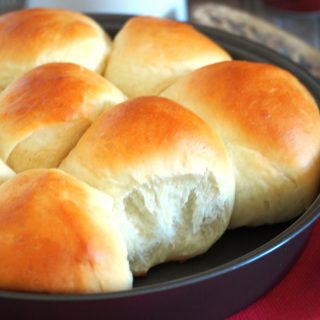
Japanese Milk Buns
Ingredients
For the Starter ( Tangzhong)
- 3 tbsp water
- 3 tbsp whole milk
- 2 tbsp all purpose flour
For the Dough
- 1 tbsp active dry yeast
- 1/2 cup whole milk warm (105-115 F)
- 2 tbsp whole milk powder
- 1/4 cup sugar
- 1 tsp salt
- 1 large egg
- 1/4 cup unsalted butter melted
- 2 and 1/2 cups all purpose flour
- 1 tbsp milk for brushing on the buns
Instructions
Make the Tangzhong
- In a small pot, stir together milk, water and flour until lump -free. Cook over low heat while stirring continuously until the mixture is thick like a paste. Transfer to a small bowl and let cool.
Make the Dough
- In a large mixing bowl, add the warm milk. Sprinkle the yeast and about 1 teaspoon of the sugar. Let this mixture sit for about 5 minutes, or until the yeast turned foamy. Add the sugar, milk powder, butter, egg, salt and the cooled tangzhong. Use a big wooden spoon to incorporate all the ingredients together. Add the flour and stir it into the rest of the mixture. Once the dough has gathered together into a shaggy mass, turn it over into a floured surface.
- Knead the dough until it is smooth, elastic and soft.
- Shape the dough into a ball and place in a lightly greased bowl. Cover the bowl and let the dough rise for 60-90 minutes until puffy. Divide dough into 9 portions, shape each into a ball and place on a greased 9-inch baking pan. Cover the rolls and let rise again for 50 minutes.
- Preheat oven to 350 F. Brush the surface of the rolls with milk and bake at 350 for 15-17 minutes, or until the tops are golden. Serve warm. Leftovers can be stored in a tightly covered container at room temperature for up to 2 days.
Video
Notes
Nutrition
If you enjoy making bread, you will love these other bread recipes:
- Milk Bread-an easy and simpler variation of making this Asian dinner roll.
- Brioche Braid– this a grand braided brioche and this post give you step by step photos in making it.
- Pandesal– Filipino version of dinner rolls that is slightly sweet and dusted with bread crumbs on the exterior.
- Austrian Buchteln– these are sweet mini buns that are so addictive because they are buttery and so soft.
- Ensaymada– Filipino version of Brioche that is topped with butter, and sugar, and sometimes cheese.
- Whole Wheat Buttermilk Loaf Bread
- Tasty ( Asian Style White Bread)Tasty Bread (Asian Style White Sandwich Bread)
And much, much more:
- Garlic Herb Bread
- Mini Cinnamon Rolls with Coffee Icing
- Chocolate Pecan Cinnamon Bread
- Chocolate Hazelnut Rolls
- Cream Cheese Croissants
- Chocolate Brioche
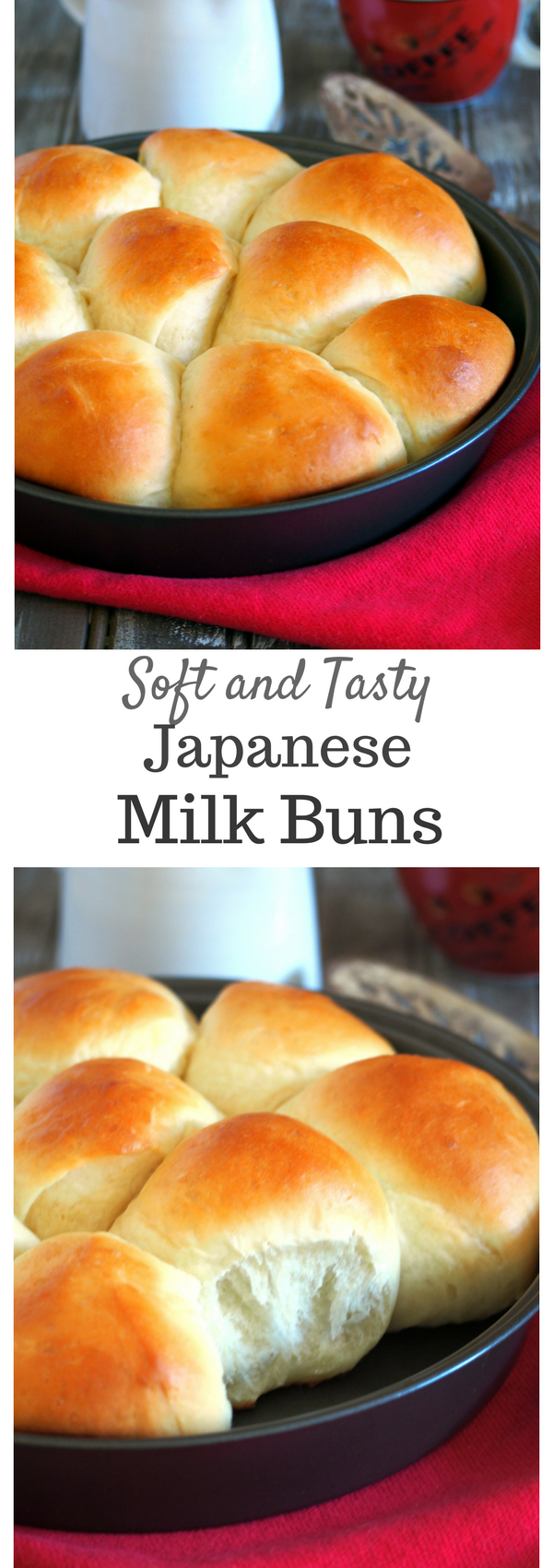
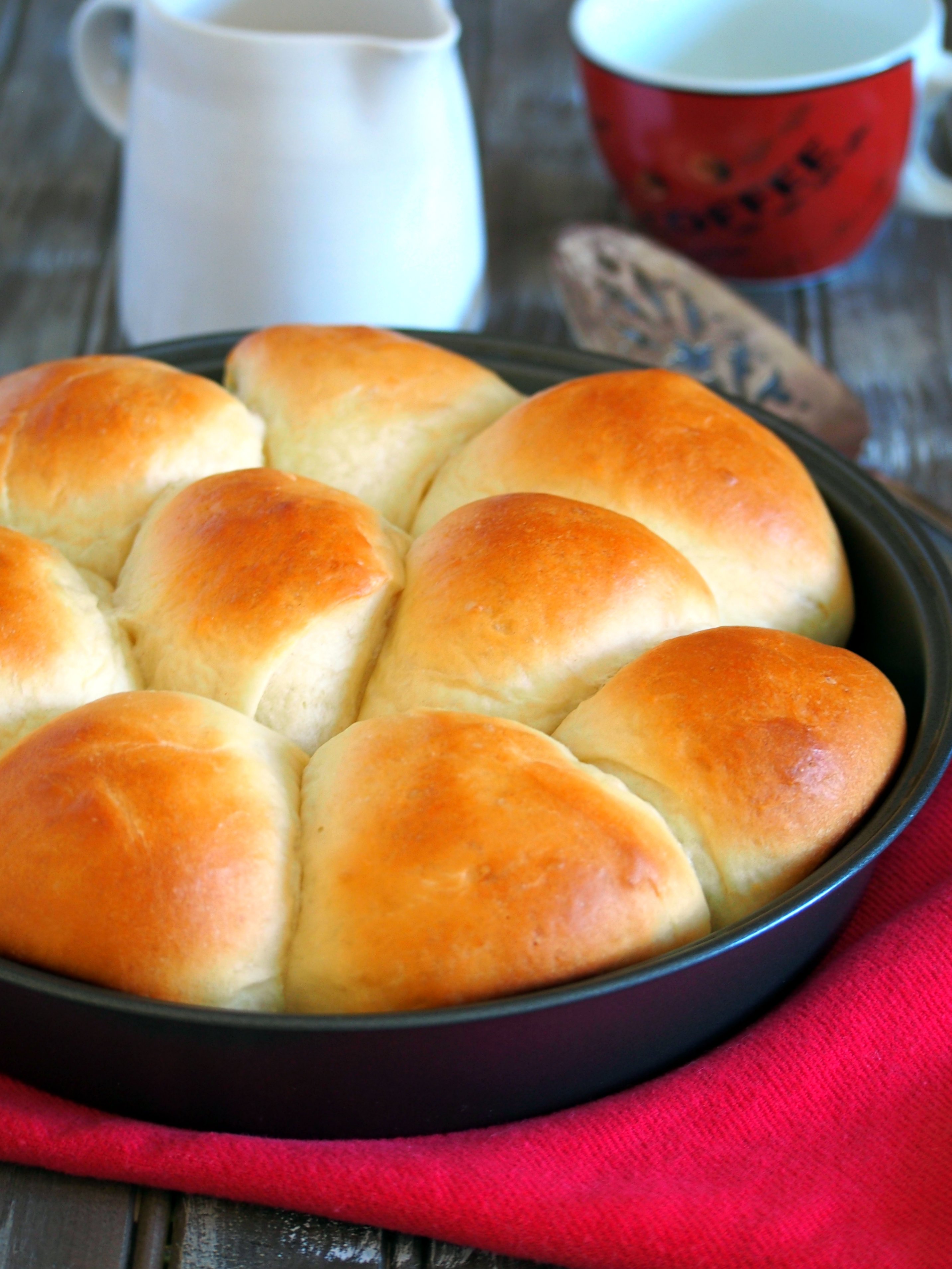
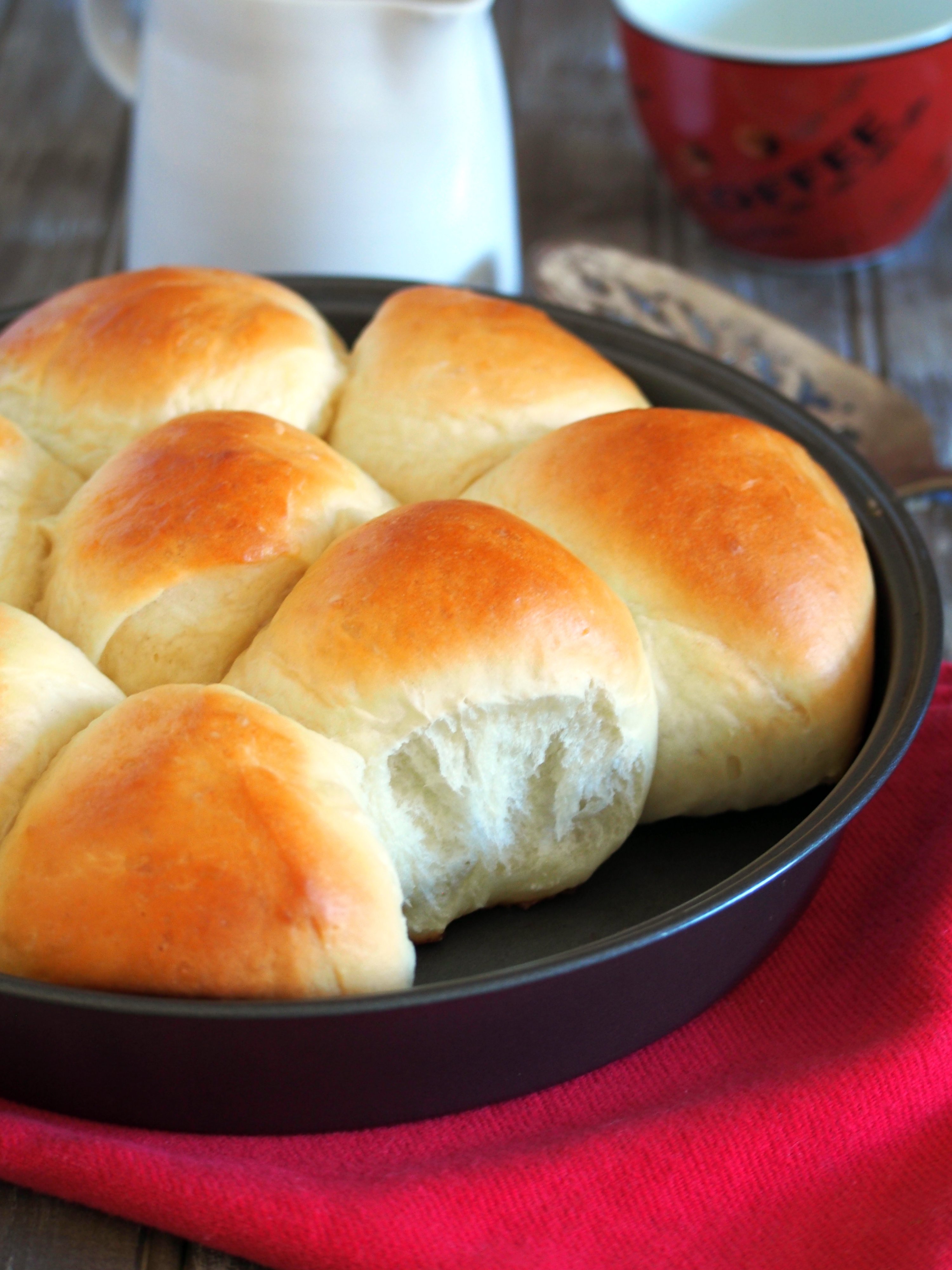
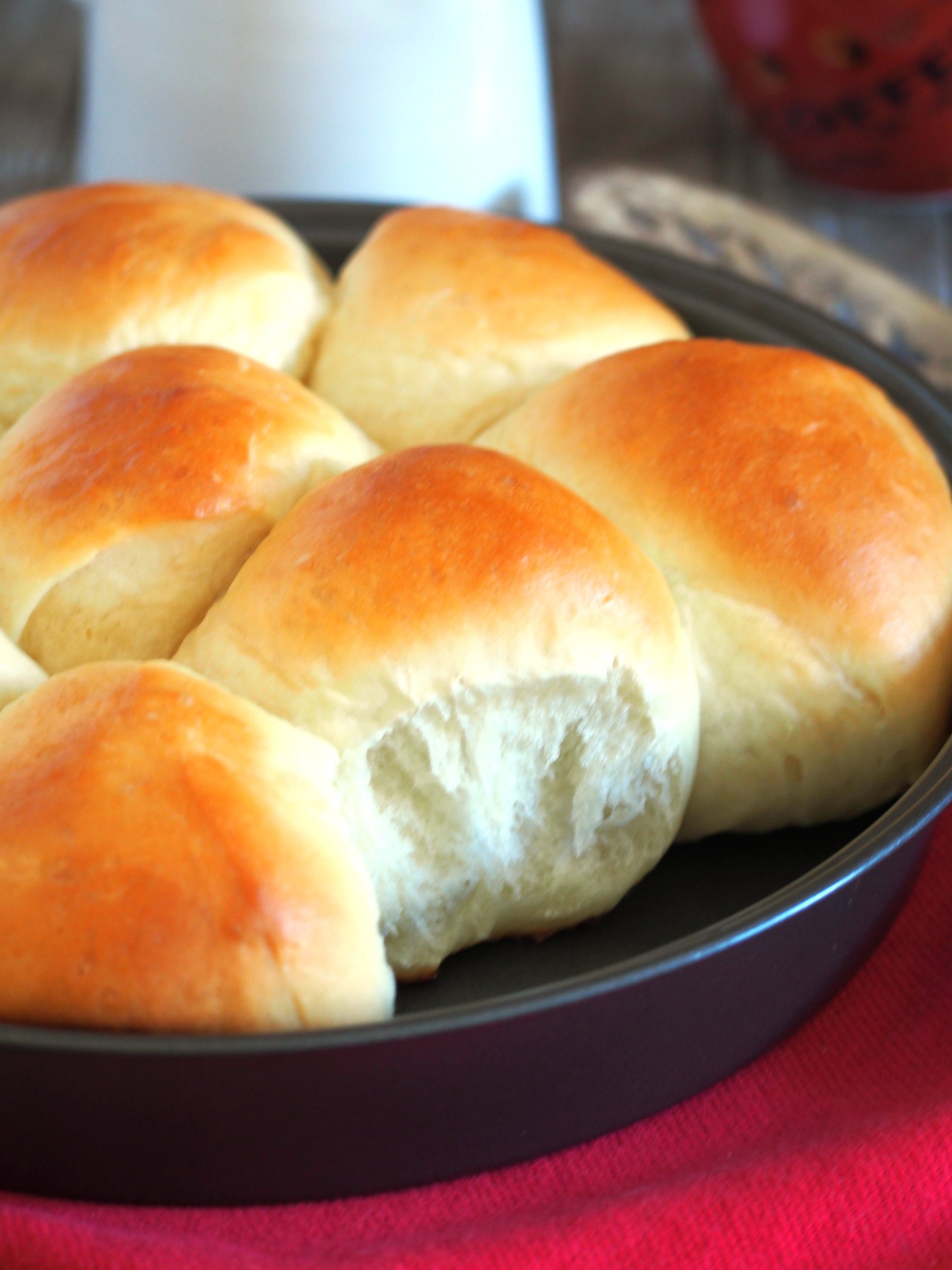
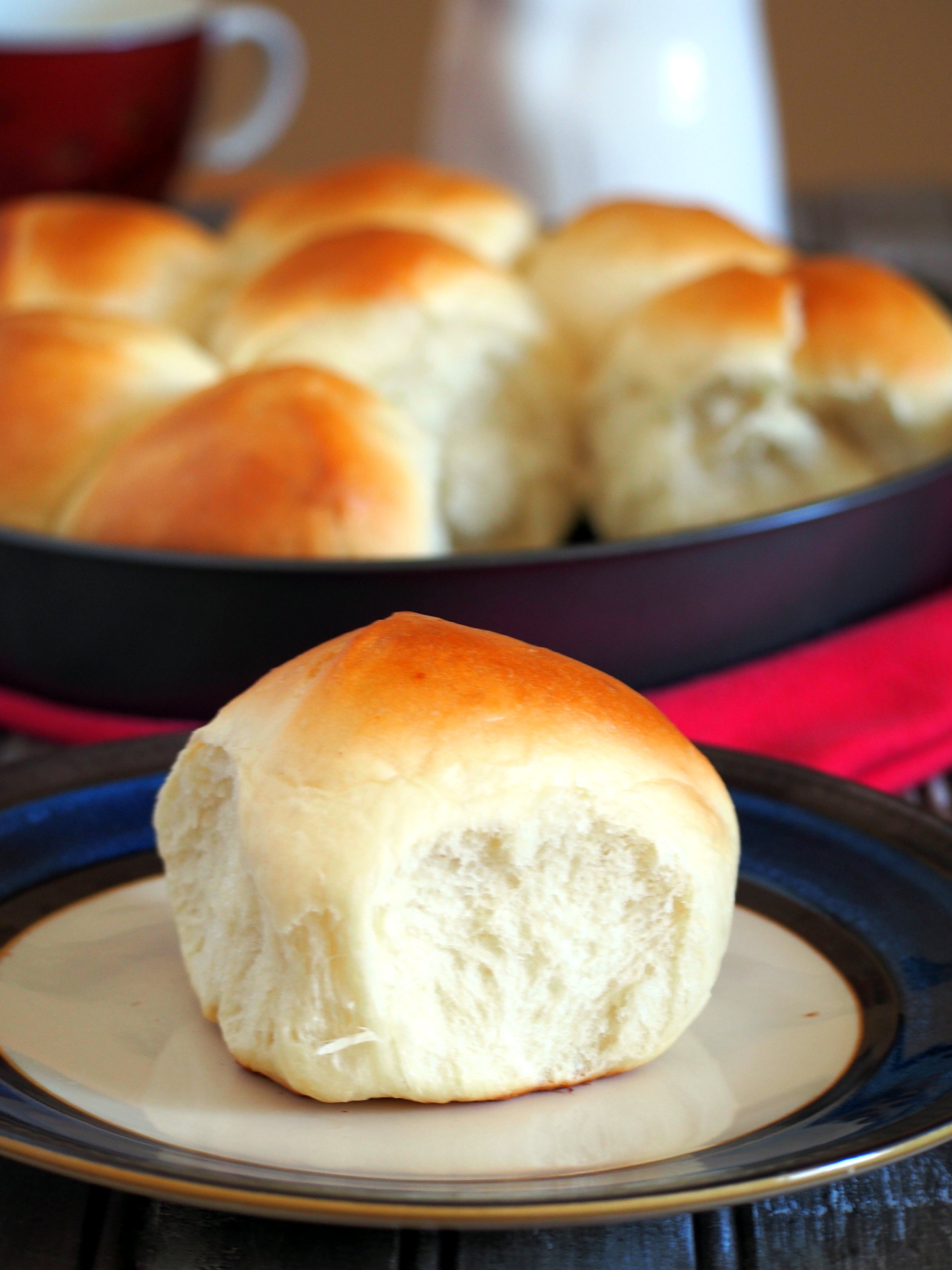
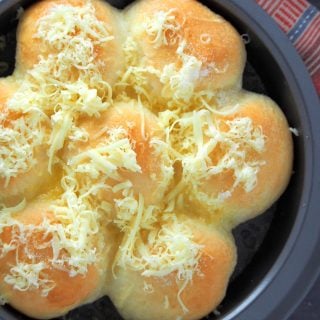
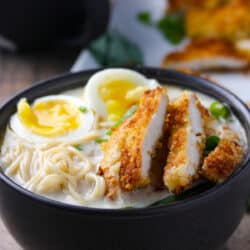
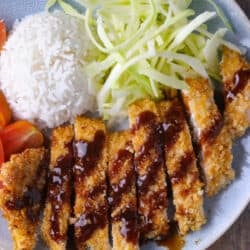
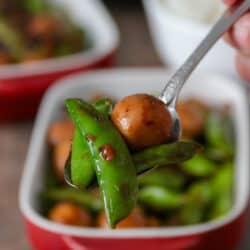
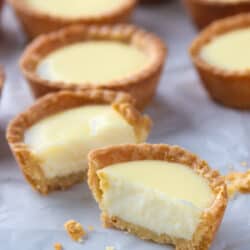
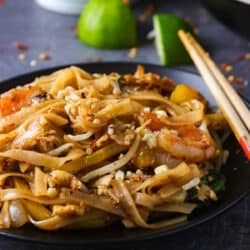

Leave a Reply